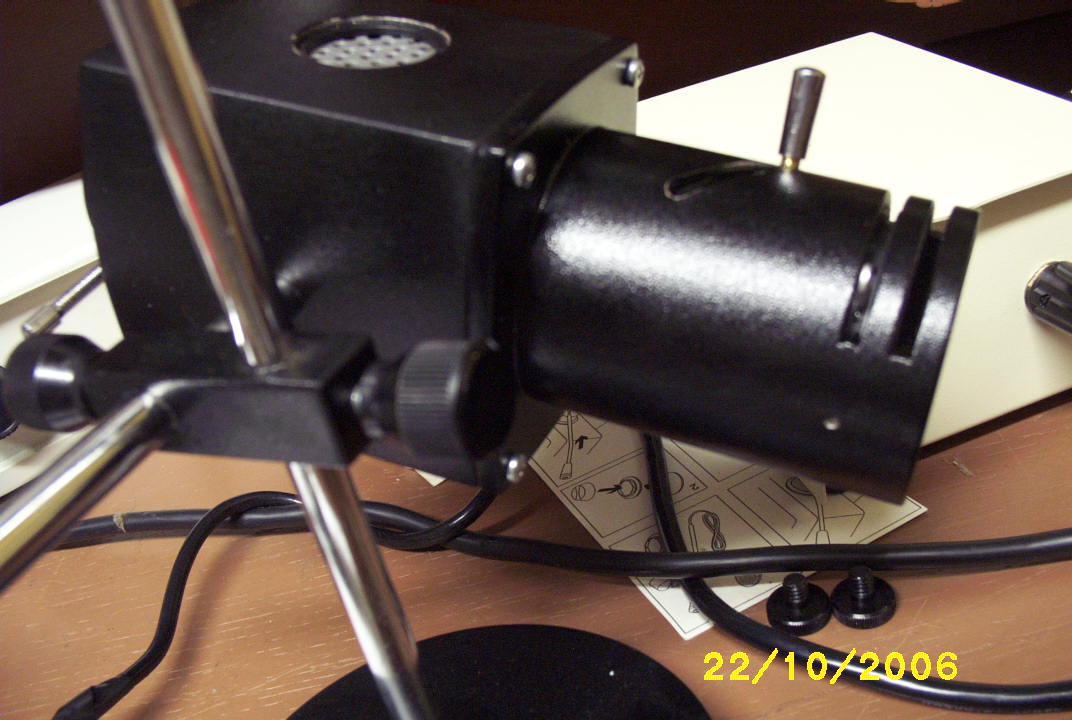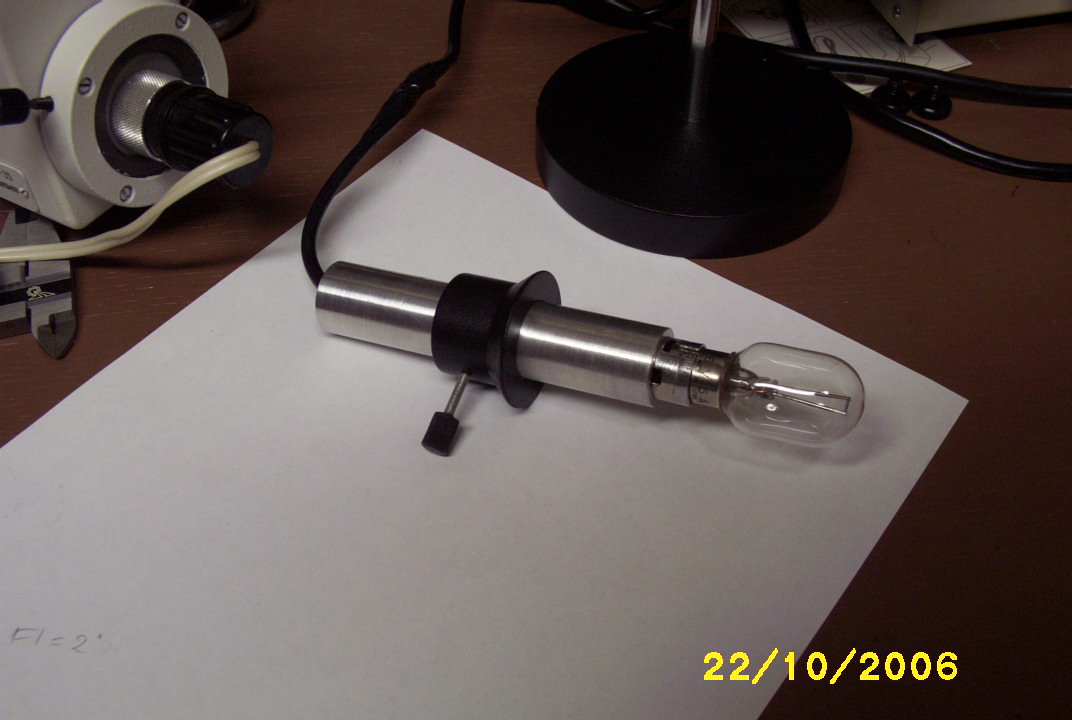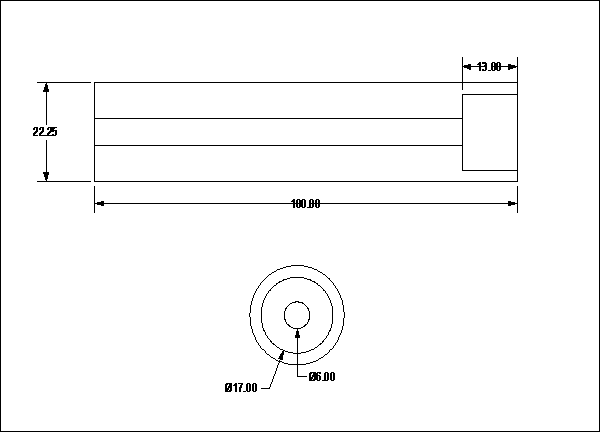
Brunel Lamp
|
Koehler Illumination for the LOMO Microscope by Bill Resch, USA |
My Lomo microscope came with a Koehler illuminator. The performance of this illuminator was awful. The image of the filament appeared everywhere. I had to use a ground glass filter to eliminate the filament image from the specimen plane. In my opinion, this is not true Koehler. The defect of this illuminator is in the lens which projects the filament image. This lens must be corrected for spherical aberration. If this is not the case, as in the Lomo lamp, then you get images focused on different planes. In my frantic pursuit of real Koehler I contacted Brunel and asked if their Koehler illuminator lens was corrected. I was informed that it was not. I ordered their “High intensity Bench Lamp” anyway. I liked their honesty and I liked the looks of their illuminator. It looked like a unit that could be worked on. After testing the Brunel illuminator I discovered that it would not focus the lamp filament at any distance. The lamp holder was too short. No problem, I made a longer one. Now I could get a nice focused image of the filament at the desired distance. I informed Brunel about my findings. They requested drawings of the changes I made. See the info I send to Brunel at the end of this article. Maybe Brunel did make changes to this unit since then.
Now for the test on the microscope. I could still see the image of the filament in the specimen plane. It was a little better than the Lomo though. I decided to take the illuminator apart and replace the lens. This was easier than I thought. This unit is easy to work on. First I removed the four screws holding the lens part to the housing. Then I had to unscrew the focusing lever. I could now slide the lens assembly out the tube. I carefully removed all that tacky grease, which in my opinion is not needed. There are two lenses in that lens assembly. I unscrewed one of the retaining nuts and dropped the lens out of the sleeve. I noticed that this was a Plano-convex lens. This lens was installed with the convex side to the outside. By taking out the other lens I discovered that this one was installed with the convex side in. Now somehow I remembered that Plano-convex lenses, if installed both facing the convex side in, will minimize spherical aberration. This was easy to do.
After assembling the illuminator and setting up Koehler illumination using the mirror on my Lomo, I was astounded. I got true Koehler. With the 20X APO I got a beautifully illuminated field. At least for now, I am happy.
Bill Resch, Brooklyn Park MN, USA.
Comments to the author, Bill Resch, are welcomed.
(Editor's notes: I can second Bill's comments on the original Brunel illuminator. I also bought one some years ago and found the filament did not focus; Bill offers an ingenious improvement. I also agree that the LOMO OI-35 Kohler lamp is poor. Changing out the original Russian bulb for a better design improves it somewhat; see this Micscape article.)

Brunel
Lamp

Improved lampholder.
Information I sent to Brunel:

The hole for the socket is 13 mm deep. I let it stick out of the holder. I also made some small notches 180 degrees apart to allow the spring-loaded part of the socket to move.
The diameter for the socket hole is 17 mm. This is smaller than in the original where it was too large and allowed the lamp to be skewed. This caused the lamp to be too far off center, which could not be fully corrected. The total length of 100 mm is more than needed, but it allows for easier handling when the lamp is moved in or out. I turned my unit down to 22.25 mm but a 7/8-inch diameter rod, which I did not have, will work.
The 6mm hole is for the electric cord. I did not use a setscrew to hold it in. The socked has to be slightly pressed into position.
I can now focus the filament to any distance. This is important for Koehler because you need a big image for high powers and a big field for low powers. I tested the original lamp holder’s distance. I could not get it to work at all. I am glad I was able to make a usable illuminator out of it. I will be experimenting with the lens in the illuminator to get rid of the filament image in the specimen plane.
Please report any Web problems or offer general comments to the Micscape Editor.
Micscape is the on-line monthly magazine of the Microscopy UK web site at Microscopy-UK.